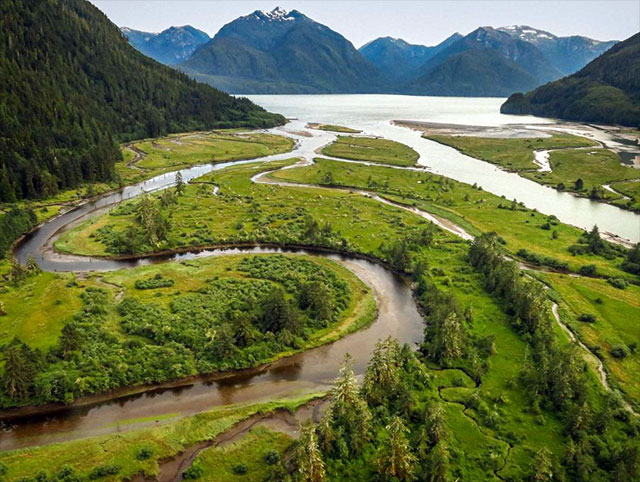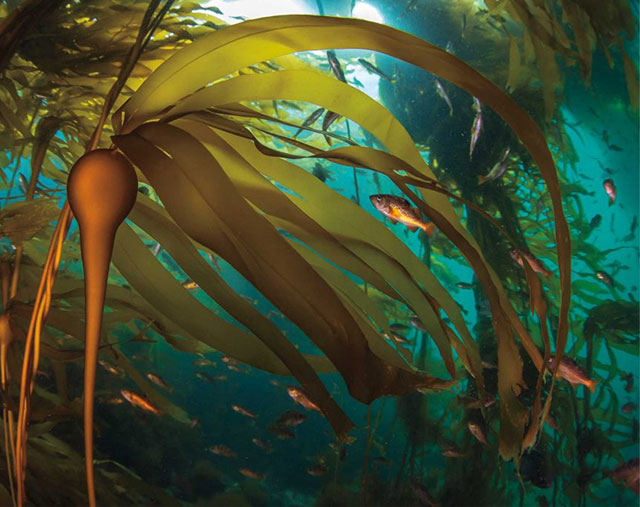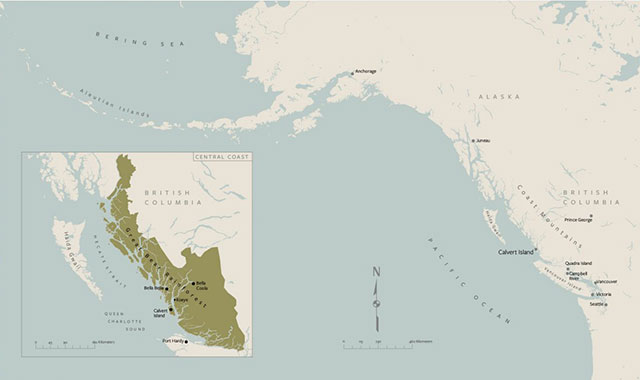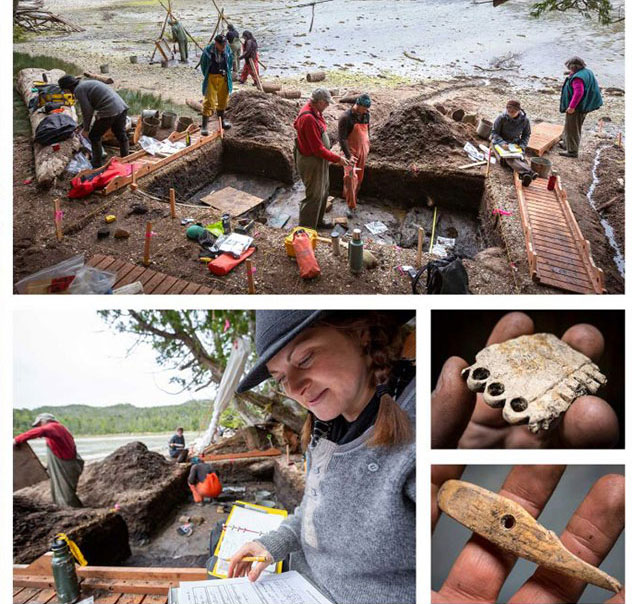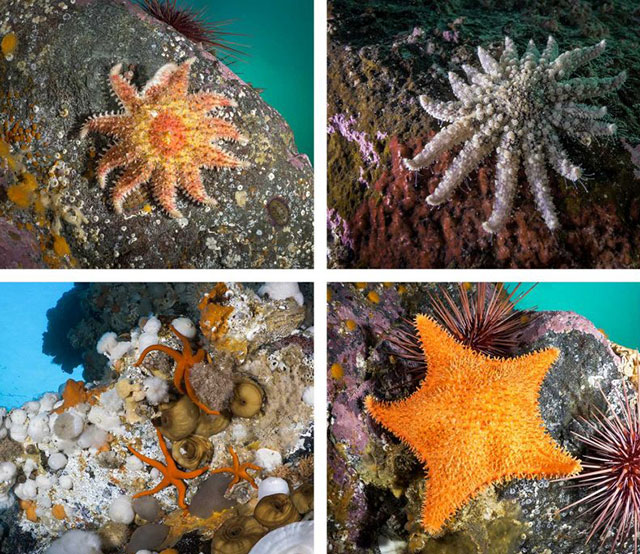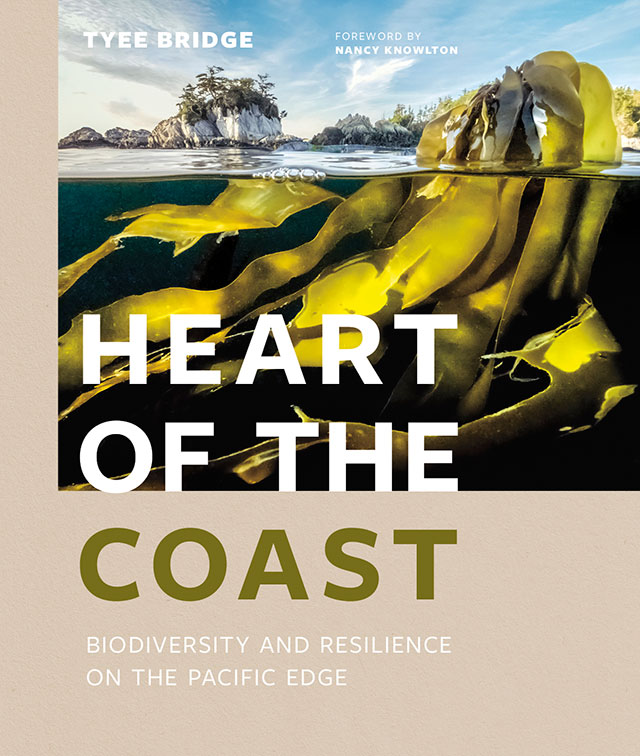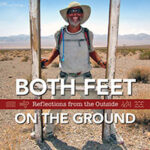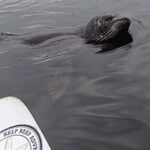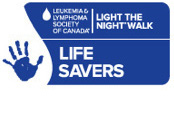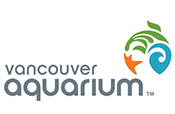If you’ve ever been curious as to how our West coast’s diverse landscapes and oceans thrive and interact with one another, Tyee Bridge’s new read, Heart of the Coast may be right up your alley.
Spread across its nine chapters is an in-depth look at species interdependency as scientists continually discover new data that reveals just how unique and ever-changing our coast and its waters are — and the vital role all organisms play on its welfare.
Questions such as why are viruses vital to ocean life, how to dig up a 13,000-year-old footprint and what role salmon plays on the effects of climate change and marine ecosystems are answered here, interspersed with gorgeous photography, illustrations, informative sidebars and historical facts.
Heart of the Coast brings stories from the field to the reader, from archaeological digs to kelp forests, all focused on British Columbia’s central coast and remote islands further north.
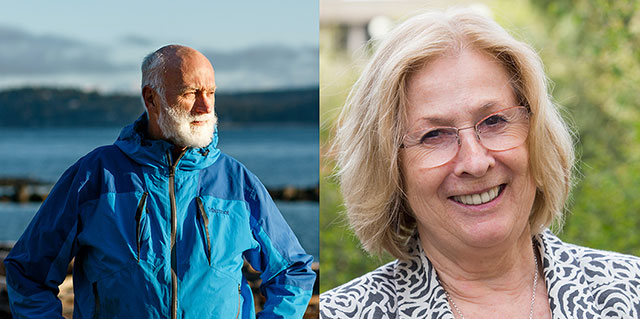
[Eric Peterson, Christina Munck]
The book opens with an introduction to BC’s world-renowned Hakai Institute, as told by Tula Foundation and Hakai Institute co-founder/president Eric Peterson. Together with his wife and Tula collaborator Christina Munck, he describes the journey and vision for the Institute.
Rather than chronicle the Institute’s numerous achievements over the first decade, this book offers readers insights into our province’s amazing biodiversity and resilience.
This is also the first book I’ve come across that is new enough to include a couple of mentions of COVID-19. There’s a two-page spread on pages 54-55 that offer some interesting theories on viruses. While humans tend to regard them as something to defend themselves against, we simply wouldn’t exist if it weren’t for viruses.
Since one tenth of the Earth’s surface is covered by ice, Heart of the Coast contains a chapter devoted to glaciers and how their disappearance plays a role in ecosystems, including changing salmon populations.
As we look up to admire mountain glaciers, the fact remains that as they melt in western North America, the fresh water they contain swells rivers and streams, ultimately winding up in the Pacific. Subsequently, the materials that these glacial waters carry down with them offer nutrients to aquatic ecosystems.
I found the chapter on sea stars particularly fascinating. Did you know that the northeast Pacific Ocean is home to half of the world’s known sea star families? And that in the autumn of 2013, thousands of sea stars were decimated by the largest known marine disease event in recorded history? Stanley Park’s Third Beach was formerly home to a thousand ochre sea stars before this tragedy hit.
While the book gets to the nitty gritty of the science behind many of our ecosystems, much like a school textbook, the format is easy to follow and chapters are thoughtfully broken down for flow and readability.
After perusing the book, I got the impression that Heart of the Coast could have gone on for several hundred more pages, such is the wealth of knowledge and discovery that scientists are unearthing on a regular basis.
Heart of the Coast is now available in Canada at Indigo/Chapters, Amazon.ca and at independent bookstores; in the USA, find it at Barnes & Noble, Amazon.com and at independent bookstores. CAD $37.99/USD $29.99
Photos courtesy of Figure 1 Publishing.
